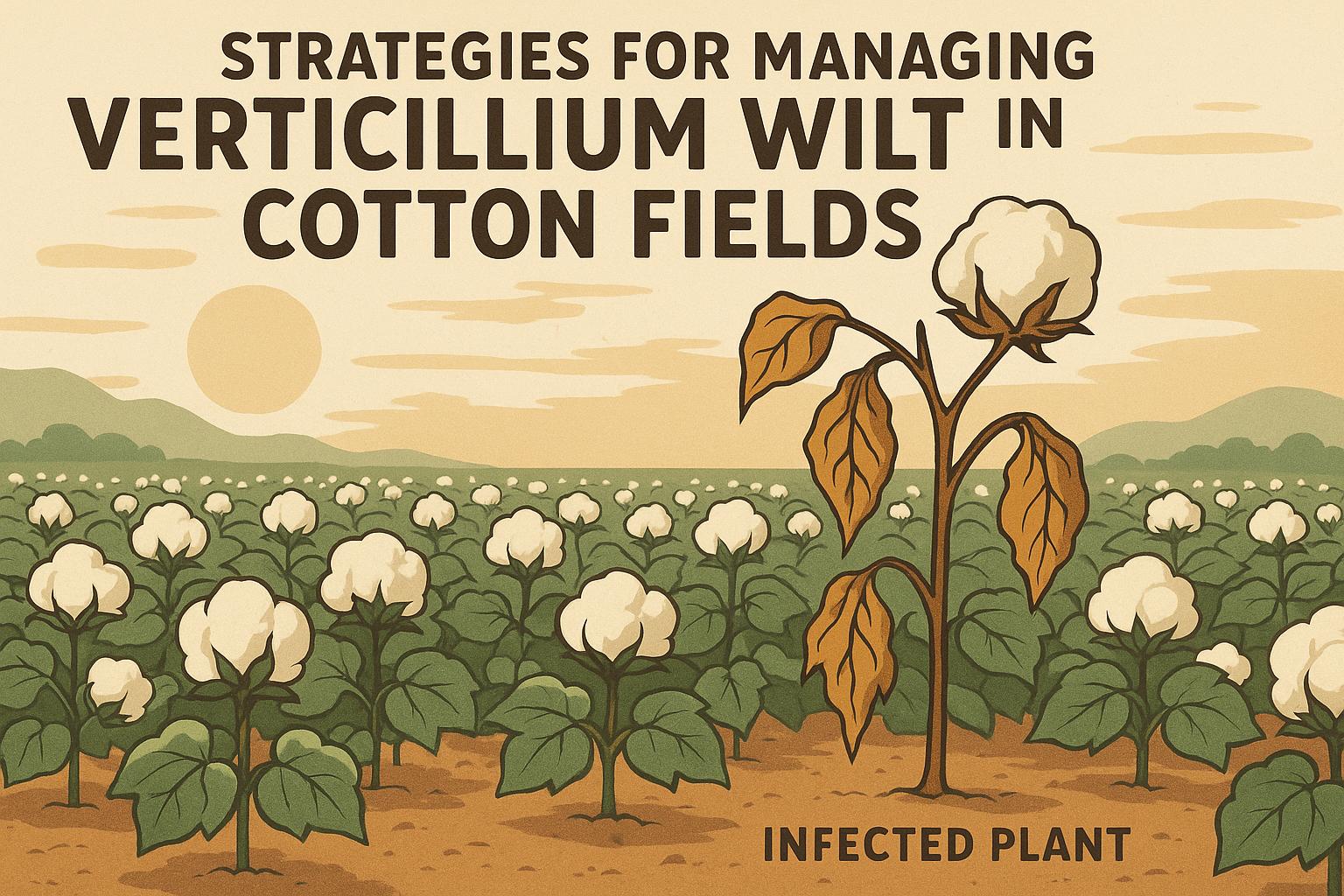A cotton gin is a machine that separates cotton fibers from seeds, making cotton processing faster and easier. Invented by Eli Whitney in 1793, it transformed agriculture by turning a slow, manual task into an industrial process. Modern cotton gins handle tons of cotton daily, improving efficiency, reducing costs, and supporting global farming and textile industries.
Key Points:
- Purpose: Separates cotton fibers from seeds.
- Impact: Boosted cotton production and made short-staple cotton profitable.
- Modern Use: Advanced machines process large quantities efficiently, with byproducts like cottonseed oil and compost adding value.
- Technology: Includes IoT sensors, air-jet systems, and sustainability practices.
Modern cotton gins continue to evolve, integrating automation, sustainability, and precision to meet today's agricultural and environmental needs.
How A Cotton Gin Works
How Cotton Gins Operate
Modern cotton gins, while based on Whitney's original design, have become advanced machines that efficiently turn raw cotton into usable fiber.
Key Components of a Cotton Gin
A cotton gin works thanks to several essential parts:
- Wire-toothed cylinder: Pulls cotton fibers from the raw material.
- Grates: Separate the fibers from the seeds.
- Rotating brush system: Prevents fiber buildup and keeps the process running smoothly.
- Feeding and collection systems: Handle the input of raw cotton and the output of fibers and seeds.
These elements work together to quickly and effectively separate cotton fibers from seeds.
How the Cotton Ginning Process Works
The process begins when raw cotton is fed into the machine. The cylinder's wire teeth grab the fibers and pull them through grates, which allow the fibers to pass while keeping the seeds behind. The brush system then removes the fibers from the teeth, ensuring the machine operates without interruption. The separated seeds are collected and often used to produce cottonseed oil [3][4].
Comparing Efficiency to Manual Methods
Modern cotton gins can handle tons of cotton daily, a stark contrast to the labor-intensive manual methods that once took hours to produce just a single pound. This massive increase in efficiency has made cotton a commercially viable crop [1][4].
Advancements like factory settings for custom ginning and continuous feeding into multiple gin stands have further boosted productivity, all while preserving the quality of the cotton fibers [3].
Advances in Cotton Ginning
Modern cotton ginning has come a long way, integrating advanced technologies and eco-friendly practices to boost both efficiency and product quality.
Improved Cotton Quality
Technologies like air-jet and saw ginning have revolutionized cotton processing by making it faster and more precise. These methods ensure cleaner cotton with minimal fiber damage, while also preserving critical attributes like fiber length and strength - key factors that influence its value in the market [4][3].
In addition to enhancing quality, these improvements also support eco-conscious practices, particularly in managing waste byproducts.
Repurposing Cotton Gin Waste
Today's ginning facilities are highly efficient at turning waste into usable resources. For instance, cottonseed oil is now extracted from what was once discarded material [3][2].
Other byproducts, such as linters for paper production and gin trash for compost, are also being utilized. This approach not only generates additional revenue but also lessens the environmental footprint of cotton production, reinforcing the role of ginning in sustainable farming.
Technological Innovations in Cotton Ginning
Modern advancements have taken cotton ginning to the next level. Technologies like blockchain are now used to provide complete traceability, tracking cotton from the farm to the final product. Meanwhile, digital tools such as IoT sensors enhance operational efficiency and improve transparency throughout the supply chain.
The results of these innovations are striking. While the original cotton gin could process just 50 pounds of cotton per day, today's facilities can handle tons of cotton daily - all while maintaining high-quality standards [1].
sbb-itb-0e617ca
Uses of Cotton Gins Today
Modern cotton gins play a key role in agriculture, making cotton processing more efficient and supporting farming communities globally.
How Cotton Gins Support Farmers
Today’s cotton gins have transformed farming by streamlining the cotton processing workflow. Many facilities use system ginning technology, a method introduced by Robert Munger in the mid-1880s [3]. This continuous process moves raw cotton through various stages - from feeding to final output - without interruptions, making it ideal for handling large harvests.
This technology has allowed farmers to process cotton throughout the year instead of being limited to seasonal operations. The result? Farmers can dedicate more time to growing crops, reduce the time spent on processing, and cut down on costs.
Economic Benefits of Cotton Gins
Modern ginning technology not only improves efficiency but also boosts farmers' incomes. The United States remains a major cotton exporter, with strong trade ties to countries like Great Britain [1]. Key benefits include:
- Lower labor costs thanks to automation
- Higher market prices for better-quality cotton
- Extra income from byproducts like cottonseed
- Faster market access due to quicker processing
These advancements help farmers stay competitive in a global market.
Exploring cottongins.org

Farmers looking to improve their operations can use resources like cottongins.org. This platform provides:
| Feature | Benefit |
|---|---|
| Detailed Directory | Find comprehensive listings of cotton gins across U.S. counties and states |
| Location Services | Quickly locate nearby processing facilities |
Conclusion
Summary of Key Points
The cotton gin is one of the most impactful inventions in agricultural history. By efficiently separating cotton fibers from seeds, it turned a time-consuming, labor-heavy process into an industrial operation. This invention reshaped agriculture, commerce, and manufacturing on a global scale.
Today’s cotton gins still follow the core principles of Eli Whitney’s 1793 design, but they now include cutting-edge technology that keeps pushing the industry forward. These advancements have cemented cotton’s role as a key material in the global textile industry, boosting economies and improving agricultural methods in major cotton-producing regions.
What's Next for Cotton Ginning?
The future of cotton ginning is being shaped by efforts to tackle modern challenges and seize new opportunities. Here are three major areas of focus:
| Focus Area | Progress to Expect |
|---|---|
| Automation | Use of AI and robotics for efficiency |
| Sustainability | Better recycling and energy use |
| Quality Control | Advanced fiber analysis and precision |
The industry is adopting eco-friendly practices and integrating smart technology to fine-tune processing for the best results [3]. Organizations like the National Cotton Ginners Association are at the forefront, driving research and development to balance productivity with environmental responsibility.
These efforts build on the cotton gin’s historical importance, ensuring it remains a key player in agriculture. By blending traditional know-how with new technologies, the industry aims to stay at the heart of global textile production while addressing today’s environmental and economic demands [3].
FAQs
Does a cotton gin clean cotton?
Yes, a cotton gin cleans cotton by separating the fibers from the seeds, making it ready for textile production. While Eli Whitney's 1793 design laid the groundwork, modern cotton gins are far more advanced [1][3].
The process includes three key steps:
- Removing debris and plant material
- Using wire teeth to separate fibers from seeds
- Collecting clean fibers with rotating brushes
Modern gins can handle thousands of pounds of cotton daily, a massive leap from the early manual methods that managed just one pound per worker per day [1]. This efficiency not only ensures consistent, high-quality cotton for the textile industry but also supports large-scale farming operations [3].
Today's automated systems and rigorous quality control measures continue to improve cotton processing, cementing its role as a cornerstone of modern agriculture [3].


